How to Fix an iPhone Camera Blinking/Flickering Issue
When you open the iPhone camera, the screen might flicker or blink, especially in indoor or low light.
This usually happens because the camera and indoor lighting are not using the same frequency, causing a conflict.
The problem is most common when the iPhone’s frame rate setting (60Hz or 50Hz) doesn’t match the lighting.
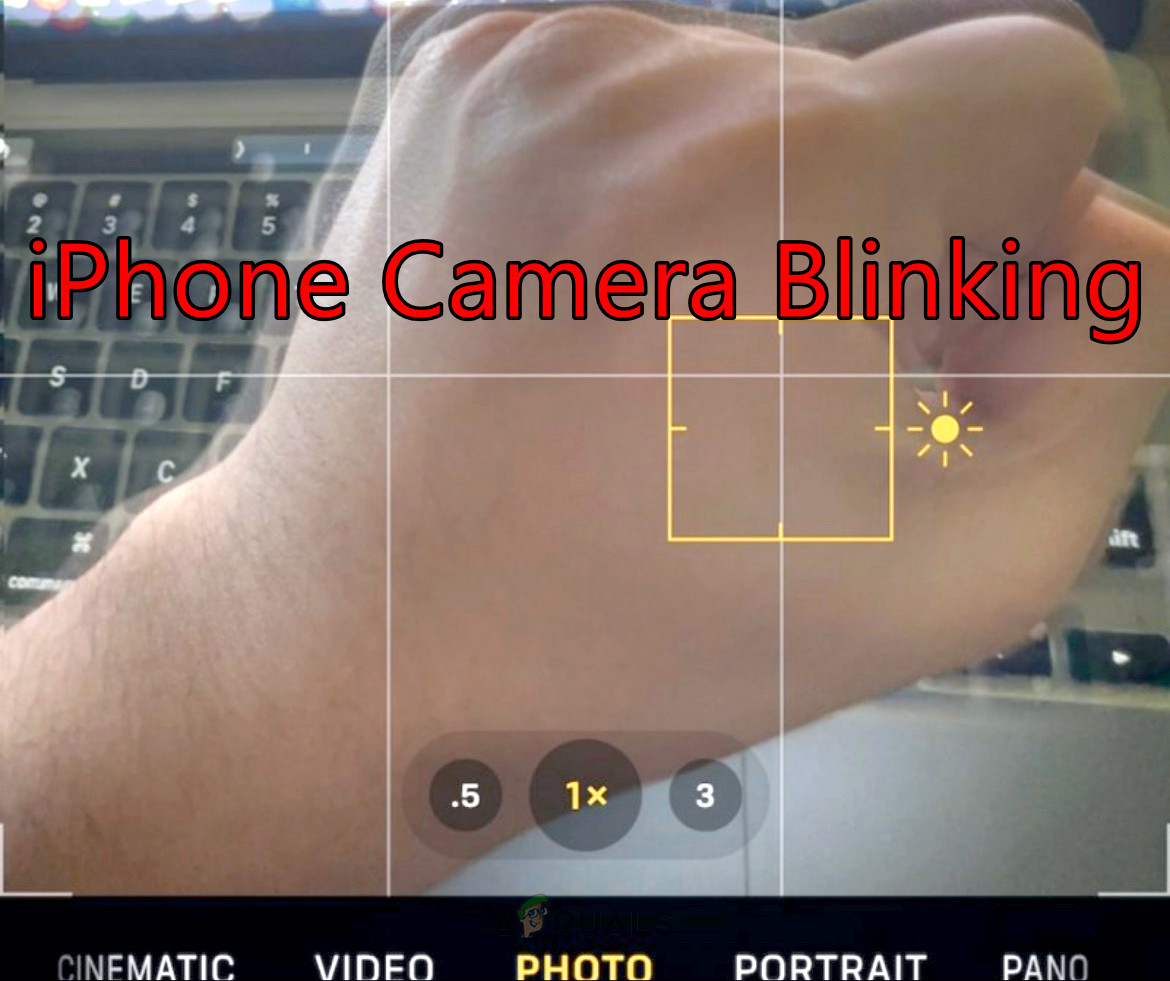
Other causes include Smart HDR, new iOS updates, or the camera changing its exposure automatically.
Troubleshooting Prerequisites
- Make sure your camera is not zoomed in. Zooming can exaggerate camera movement and make flickering more noticeable.
- Check your lighting conditions. Some lights, especially LEDs, flicker at certain frequencies and can interfere with the camera sensor. Try taking photos in a different room or outdoors to see if the issue changes.
- It’s normal for your camera to flicker briefly when you first open the Camera app as it adjusts to the lighting. However, if the flicker keeps happening, it’s a sign there may be a problem.
- Pointing your camera at an electronic screen (like a TV or monitor) can also cause flickering because of the screen’s refresh rate. This should only happen when filming screens and not all the time.
Basic Troubleshooting
- Remove any case, screen protector, or camera accessory that could block the camera lens or interfere with its function.
- Close and reopen any apps where you’re seeing the camera flicker, such as Instagram.
- Try opening the Camera app from the Lock Screen or Control Center to see if the flickering continues. If it works fine there, use this as a temporary workaround.
- Restart and, if needed, perform a force restart on your iPhone.
- Make sure both the Camera app and iOS software are updated to the latest version.
1. Clear the iPhone’s RAM
Too many apps running in the background can slow down your device and affect the camera. Clearing RAM isn’t always a direct fix, but it may help.
- Go to Settings > Accessibility > Touch > Assistive Touch and turn it on.
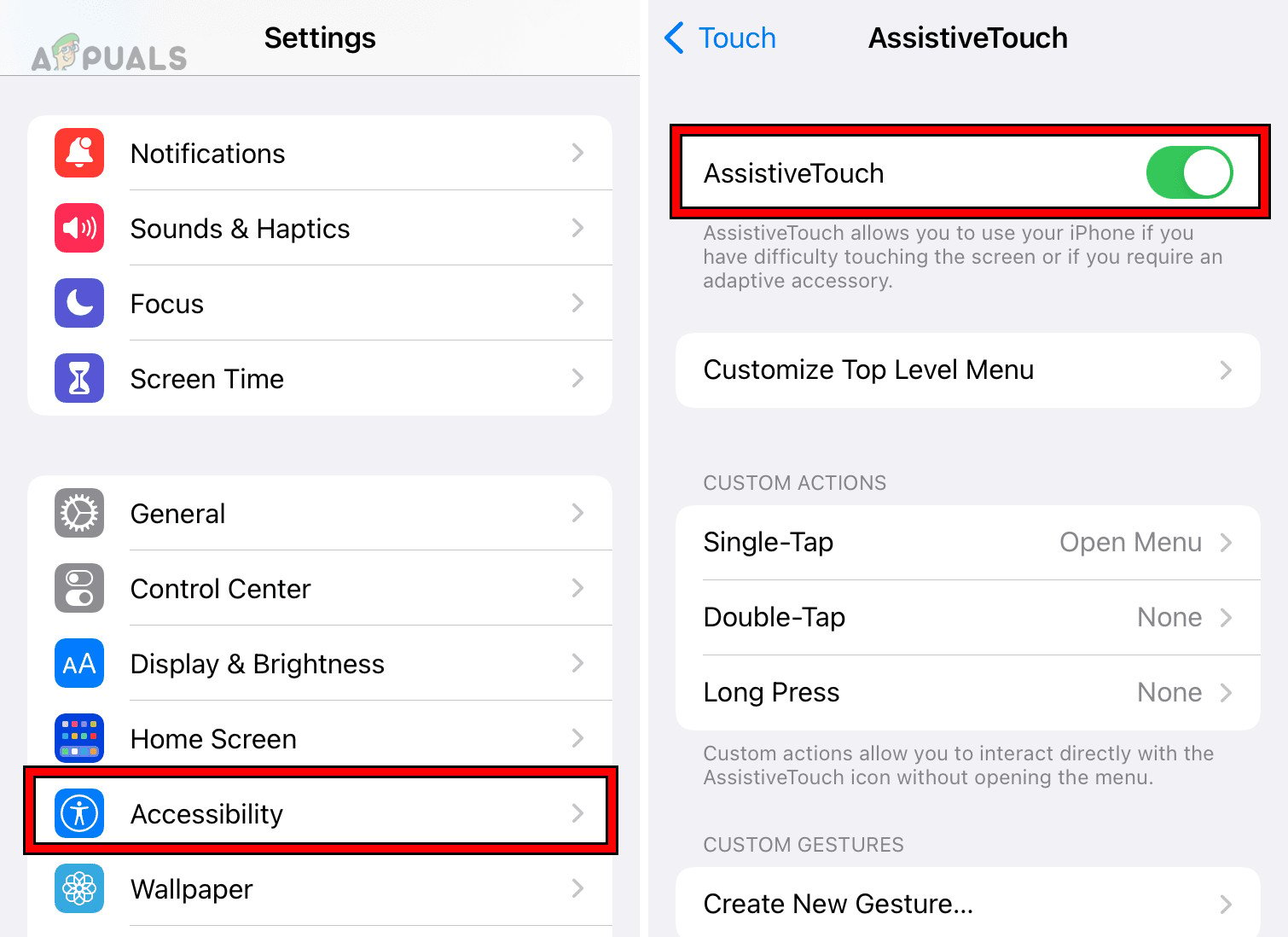
Enable Assistive Touch on the iPhone - Now go to Settings > General > Shut Down.
- On the power off screen, tap the Assistive Touch icon and hold the Home button until you return to the main screen. This helps clear the RAM.
- Restart your iPhone and test the Camera app to see if the problem is fixed.
2. Disconnect the AirPods or Disable Bluetooth
Some users report that Bluetooth connections, like to AirPods, can sometimes affect camera performance.
- Head to Settings > Bluetooth.
- Tap the Info icon next to your AirPods and choose Forget This Device.
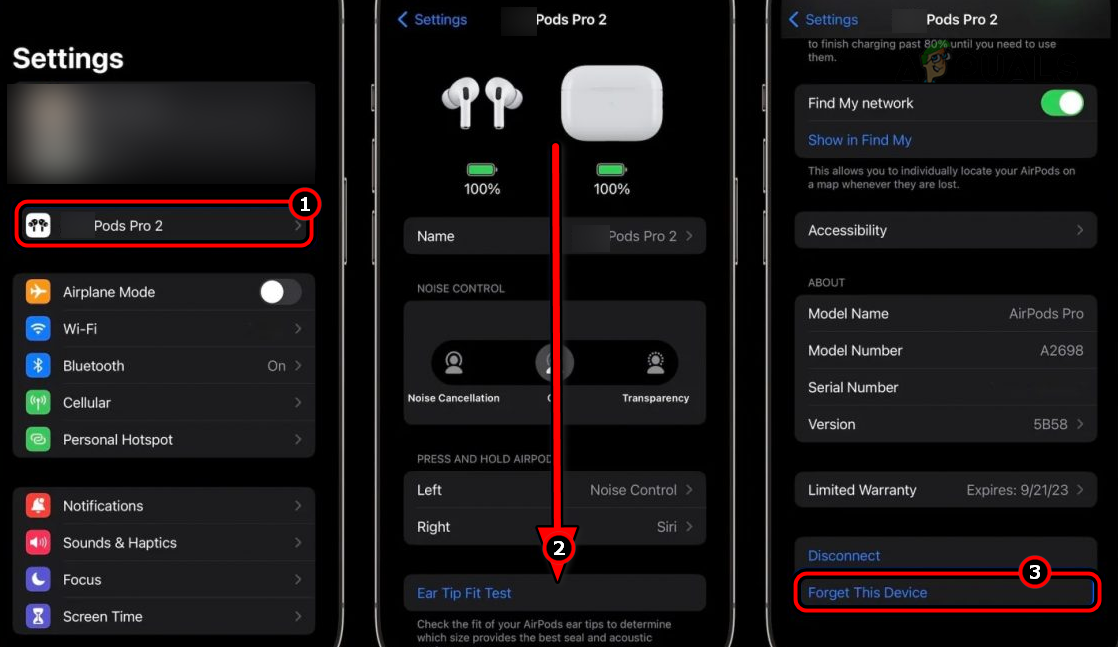
Forget AirPods Pro in the iPhone Settings - Restart your iPhone and see if the camera is working properly.
- If you still notice flickering, turn off Bluetooth by going to Settings > Bluetooth and then restart the device again.
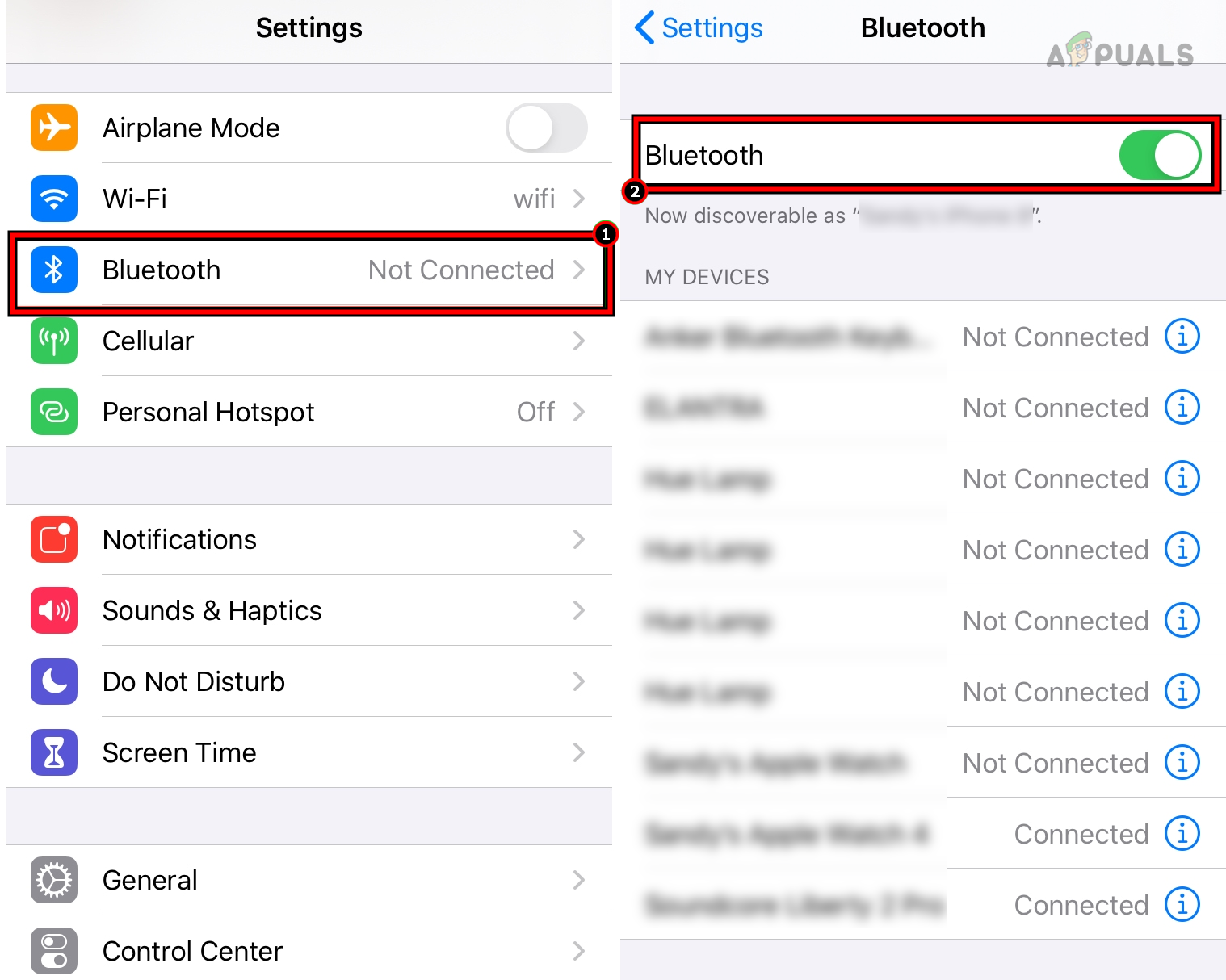
Disable Bluetooth in the iPhone Settings
3. Disable Night Mode or Deep Fusion on the iPhone
Using Night Mode or Deep Fusion can sometimes cause flickering, especially when there’s movement during long exposures or while Deep Fusion is processing. You can try turning these off.
3.1. Disable Night Mode
- Go to Settings > Camera > Preserve Settings.
- Switch off Night Mode, restart your iPhone, and see if the flicker is gone.
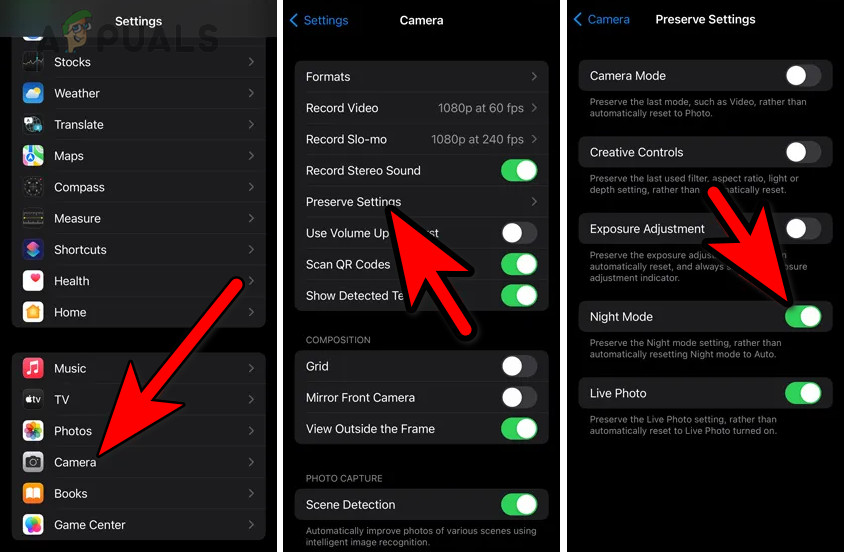
Disable the Night Mode on the iPhone
3.2. Disable Deep Fusion
- Go to Settings > Camera.
- Turn off Photos Capture Outside the Frame and restart your phone.
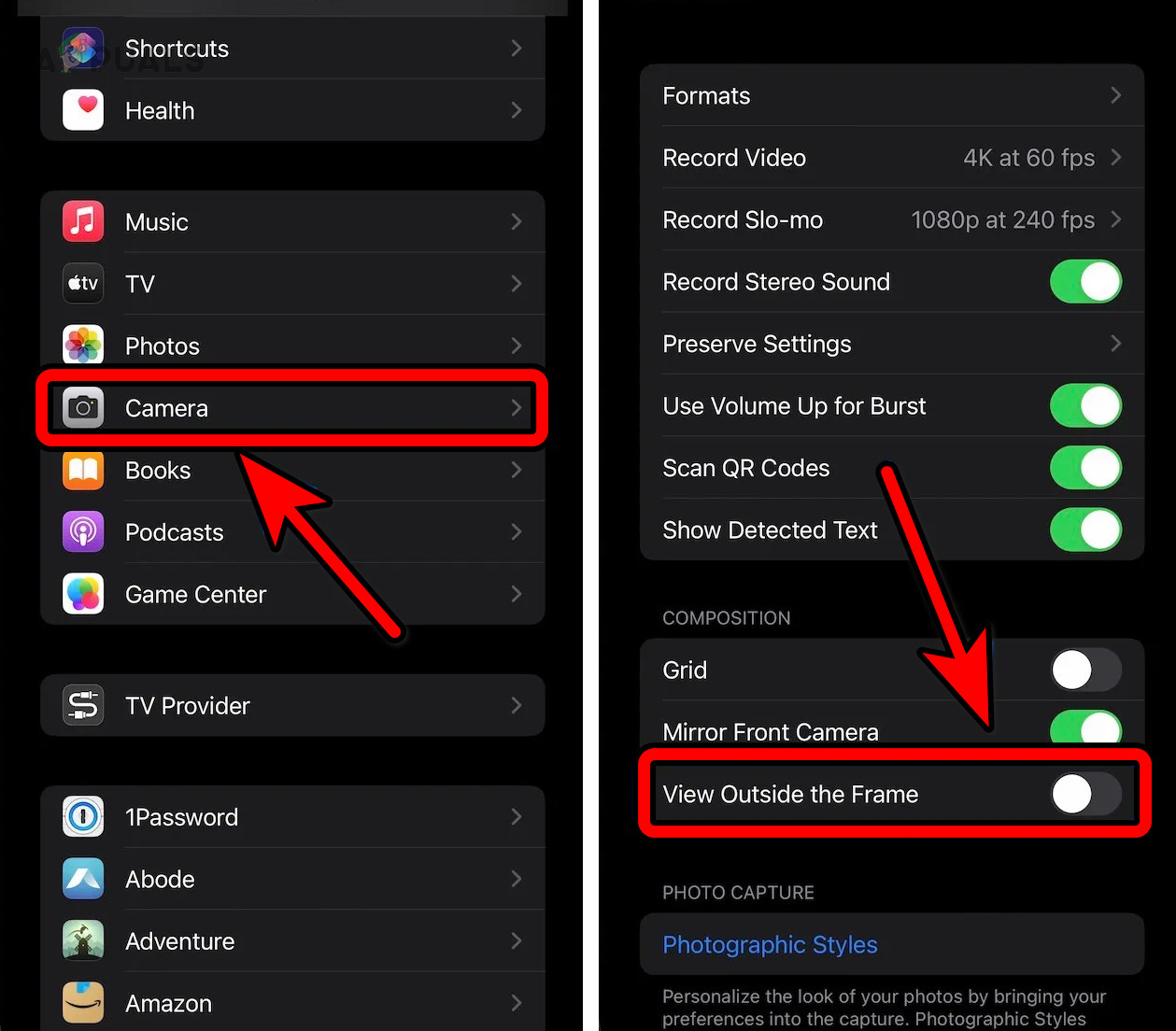
Disable Fusion Mode on the iPhone
4. Disable Macro Mode in the iPhone’s Camera Settings
Switching between camera lenses in Macro Mode can sometimes trigger flickering. Disabling Macro Control could help fix this.
- Open Settings > Camera, find Macro Control, and turn it off. Then, restart your iPhone.
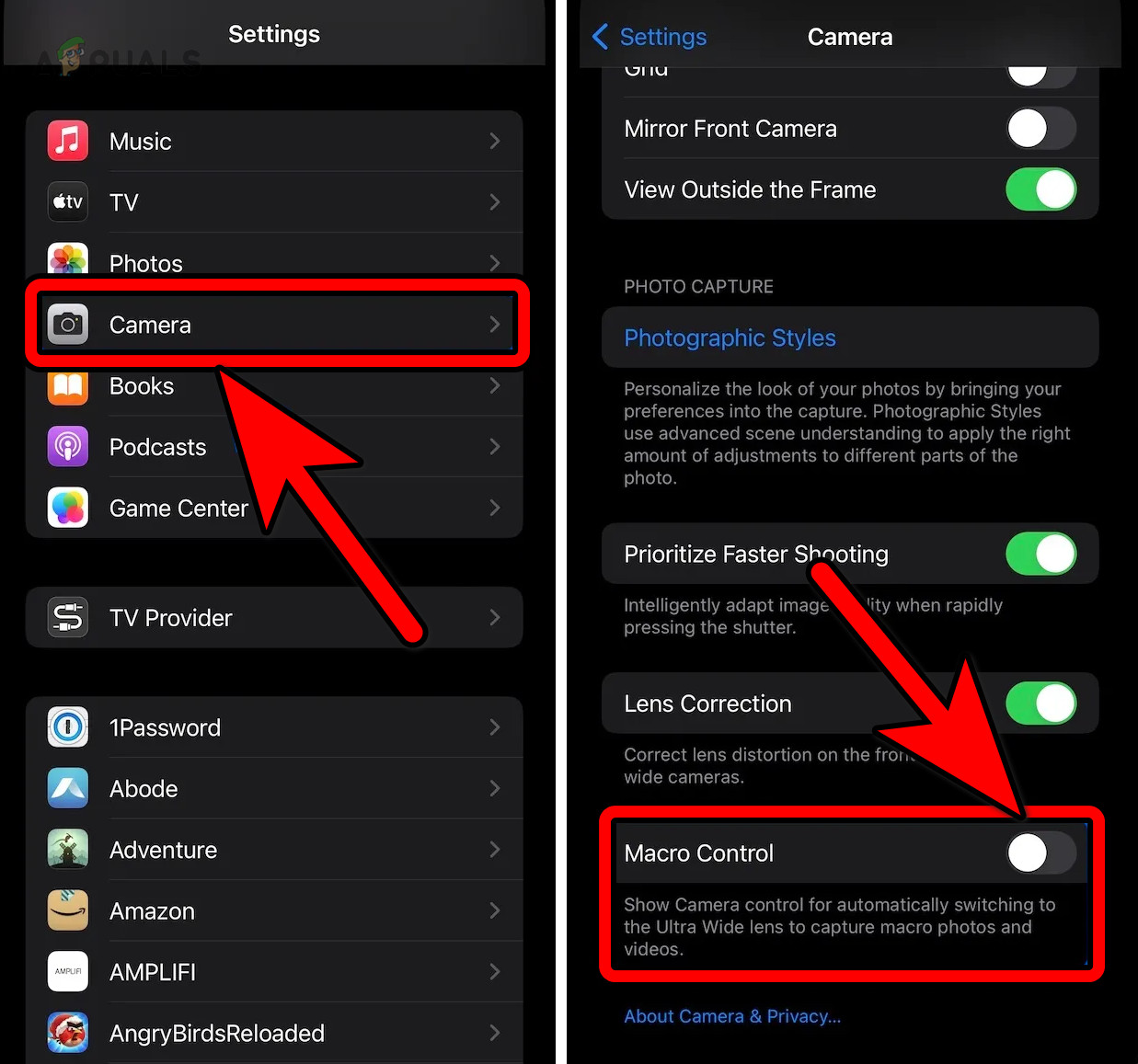
Disable Macro Control on the iPhone - Try the Camera app again. If you’re still seeing issues, you can turn Macro Control back on and see if there’s any change.
5. Adjust the Camera Exposure
When the camera’s exposure isn’t set correctly, it will keep adjusting to the light, which can lead to flickering. Adjusting the exposure manually may help.
- In the Camera app, select Photo mode.
- Lower the Exposure (for example, set it to -0.7) and check to see if the flickering goes away.

Adjust the Camera Exposure on the iPhone
6. Match Video FPS to Light Frequency
Flickering can occur if the camera’s frame rate (FPS) doesn’t match the lighting frequency (like 50Hz or 60Hz). Changing the FPS setting in your camera might solve the issue.
- Go to Settings > Camera > Record Video.
- Select a frame rate suited to your area’s power supply (for example, 4K at 30 FPS), then restart your iPhone.
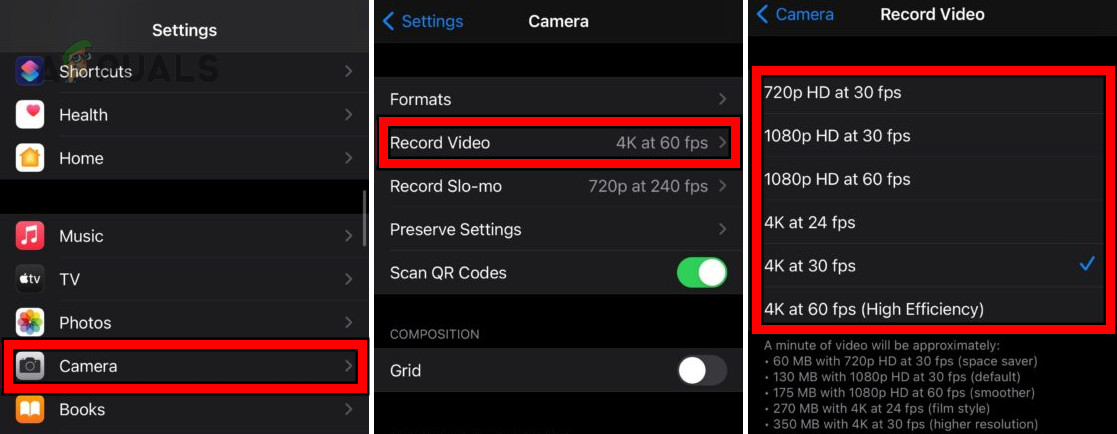
Change the iPhone’s Camera FPS to 4K at 30 FPS
7. Lock Camera Settings
Your iPhone might switch between different camera lenses when lighting changes, sometimes causing flickering. You can lock these camera settings, but remember this may turn off some automatic adjustments.
- Open Settings > Camera > Record Video.
- Turn on Lock Camera, and restart your phone.
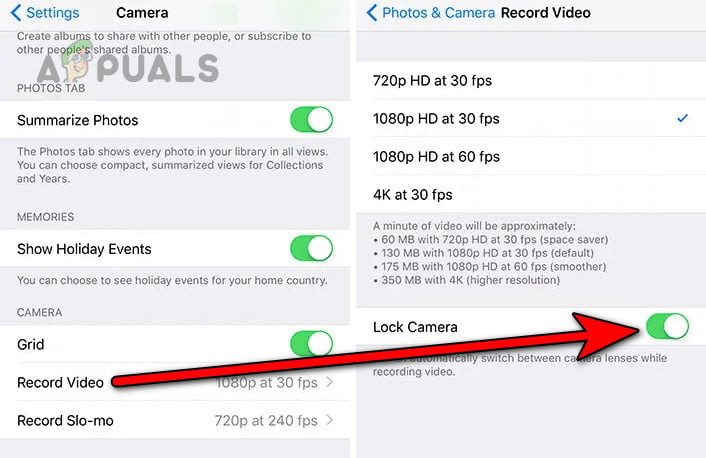
Enable Lock Camera in the iPhone Camera Settings - Test your Camera app to see if this makes a difference. If not, restore default settings and try changing PAL/NTSC settings as well.
8. Reset All iPhone Settings
If a wrong setting is causing flickering, you can reset all settings back to how they were when you first got your phone. Don’t forget to back up your preferences first.
- Go to Settings > General > Reset > Reset All Settings.
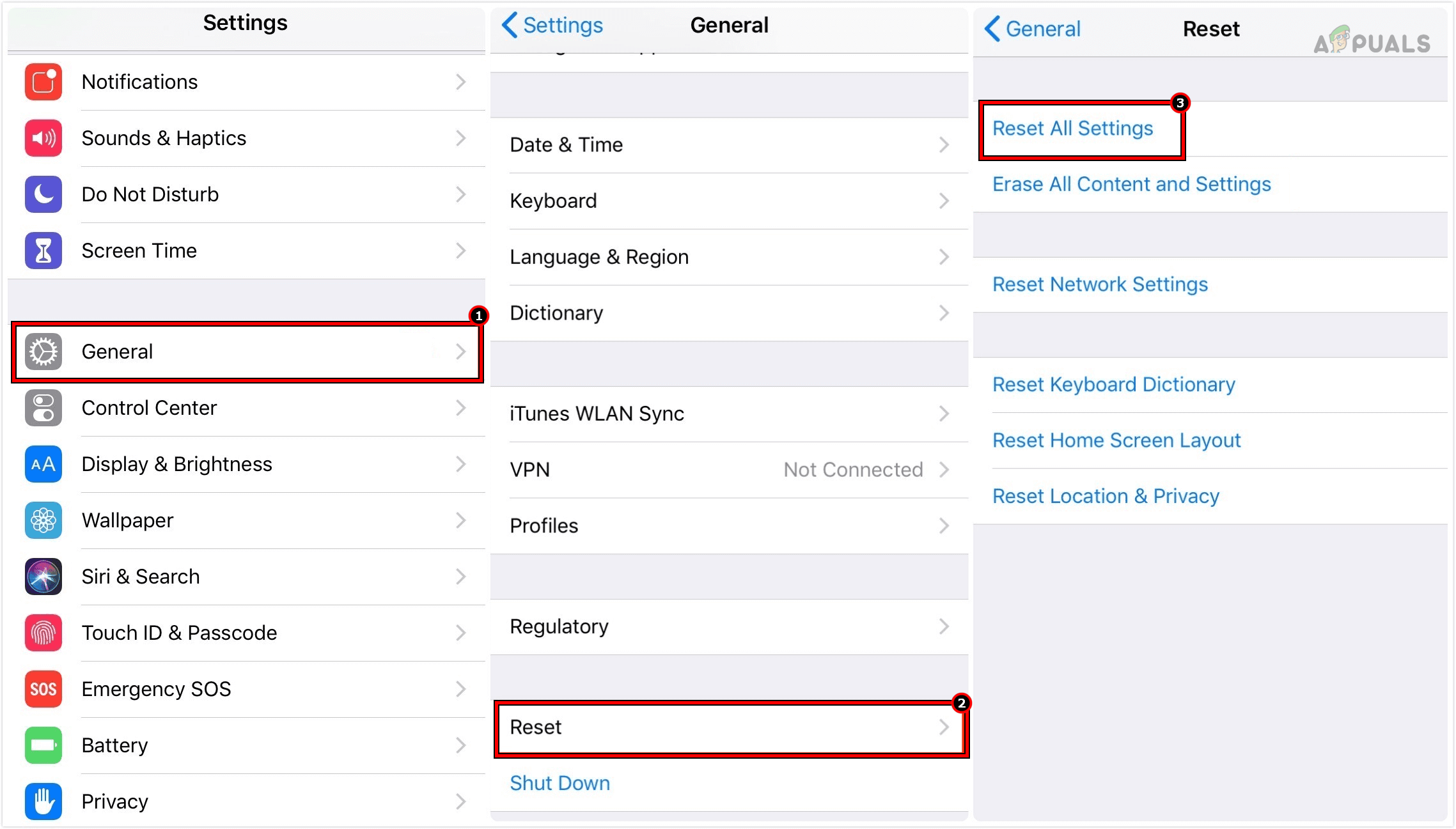
Reset All Settings of iPhone - After your iPhone restarts, check if the problem is gone.





